The suspension and steering system of your vehicle is pretty complex, and it’s extremely important as well. These tie rods ends are a critical part of this system as they are connected to your vehicle’s front wheels. It means that they enable you to steer your car.
If your car is showing bad tie rod signs and you don’t know what to do about them, then you are about to find out how you can resolve this issue and get back to smoother steering and excellent vehicle control. Here’s everything you should know about bad tie rods.
Tie rod ends in good shape give you a flawless experience and highly responsive steering. But when they go bad driving safely becomes a problem as you don’t have 100% control of your vehicle. In this guide, we will provide you with information on bad tie rod signs and how to get them sorted out.
Keep reading to find out more!
Signs of Bad Tie Rod Ends
These tie rod ends have two parts: the inner tie rod end and the outer tie rod end and we’ll discuss them in a bit. As these parts wear out over time, your vehicle handling becomes a major problem. You will experience stray vehicle vibration and also hear clunking noises. But some of the more common symptoms of this issue and are as follows:
Shaky or loose steering
These rods keep all the components in check and the correct position. If something is not right, they get loose, and all the components in the steering system get loose as well. As a result, steering will begin to shake. Therefore, it is one of the most common symptoms.
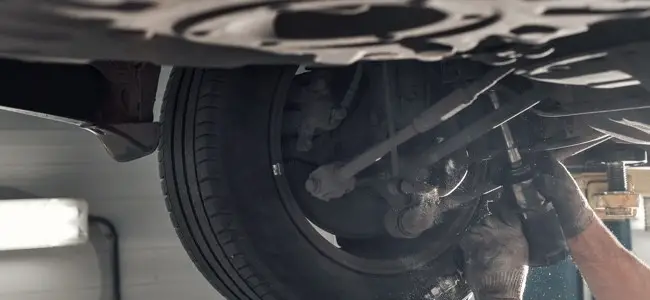
Poor alignment of front tires
Another one of the symptoms of a bad tie rod end is that your car will keep steering down to one side and you have to hold your steering while tightly to maintain a straight line direction while driving. The car should drive straight with properly aligned front end wheels. It is another one of the common symptoms to occur.
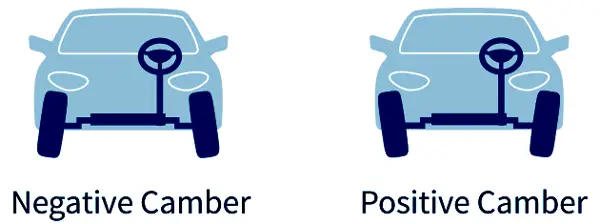
The steering wheel moves a lot freely.
This might be odd, but when your steering wheel is moving a bit too freely than normal then you need to get it checked. A loose steering wheel is one of the primary symptoms here.
Weird noises
If there are any squeaking or squealing sounds coming out of the corners of your car, then your tie rod ends have gone bad. The reason here is that the system was not properly lubricated and it has worn out. Rattling can be another sound coming from the corners.
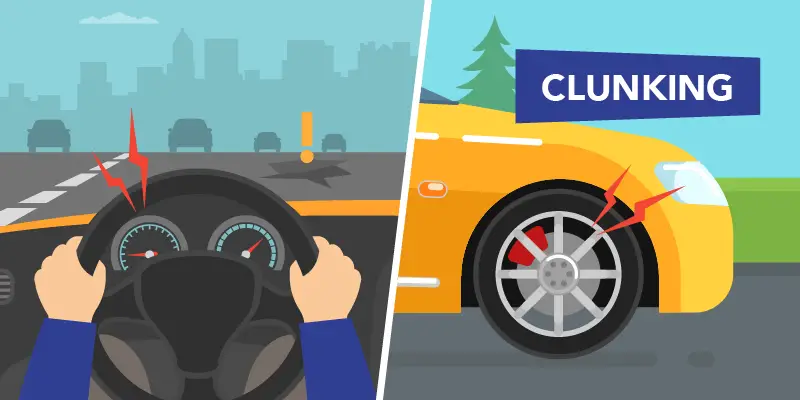
Tires wear out abnormally.
Tires wear out the same from all sides when they are properly aligned. If that is not the case, then wearing will be uneven. Edges will be worn out far more than the center.
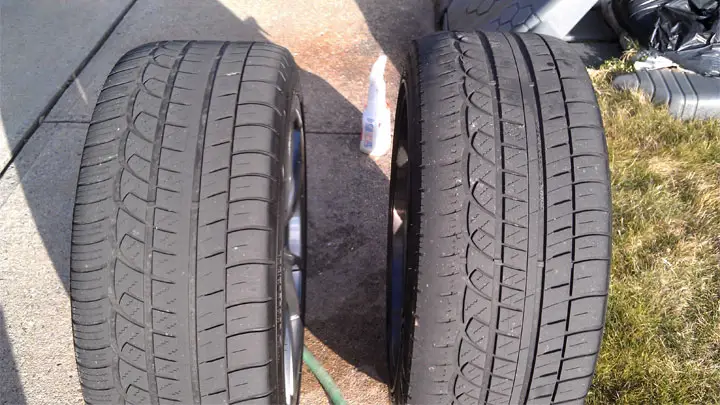
Vibrations in your car
Another one of the symptoms of a bad tie rod end is that if your vehicle is vibrating too much (steering wheel vibrates), then it is a sign that your tie rod ends have gone bad. And you need to get them sorted out before the disaster strikes.
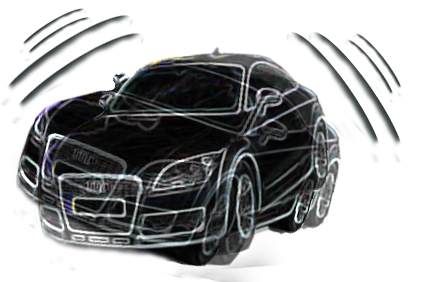
Wheels feel pretty lost when your car is jacked up.
Another common symptom if worn-out tire rod ends is that your wheels droop a lot more than normal when your vehicle is jacked up. If you can move your wheels apart from the rotation, then your tie rod ends have gone bad.
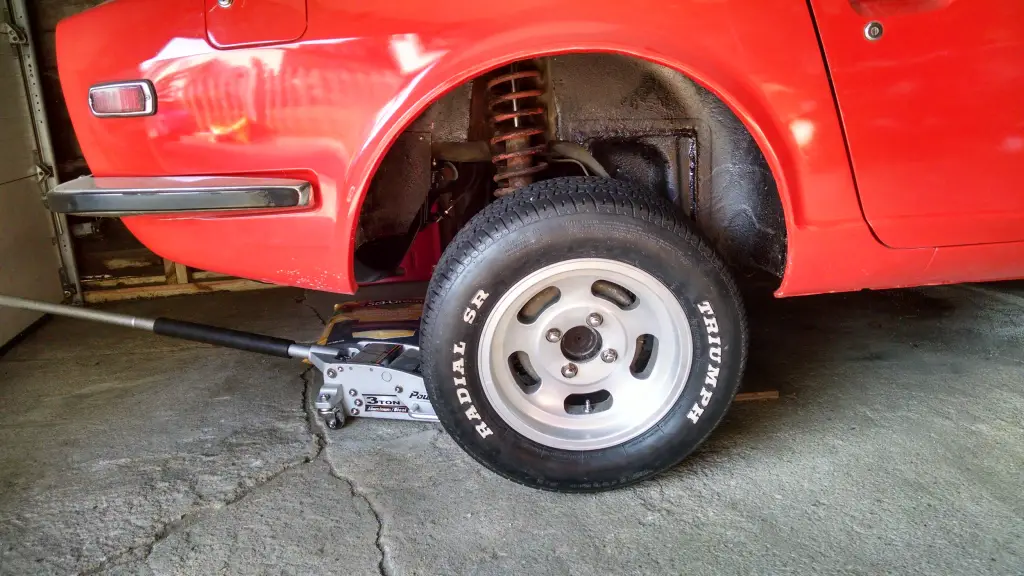
Causes of Bad Tie Rod Symptoms
There are various causes of bad tie rod ends, and these are as follows,
Driving on a rough terrain
If you drive carelessly and often drive on rough terrains with various attributes like curbs, potholes, and other similar obstructions, then your tie rods take a lot of tolls, and they wear out pretty quickly.
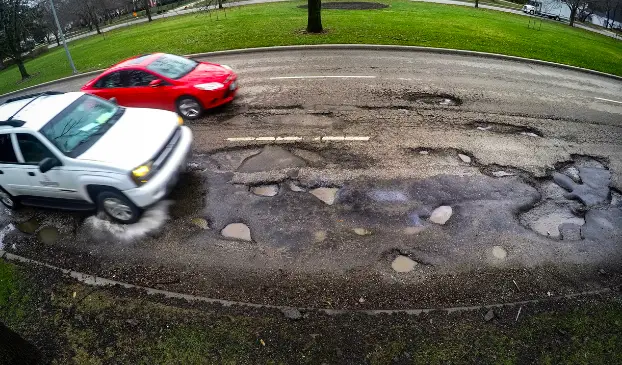
Uneven tire wear
If you have uneven tire wear, then it also causes a lot of stress on your tie rods, and with uneven stress, they get bad pretty fast. Uneven tire wear also causes poor traction.
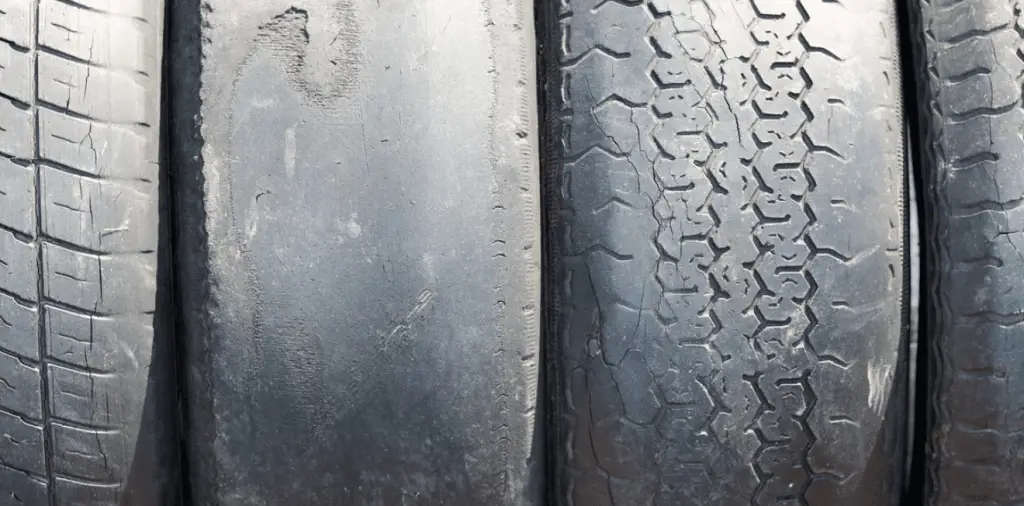
Bad vehicle alignment
One of the primary root causes of bad tire rods is bad vehicle alignment. If your vehicle is not properly aligned, it will wear out tires from the edges and not from the center which causes tie rods to wear out.
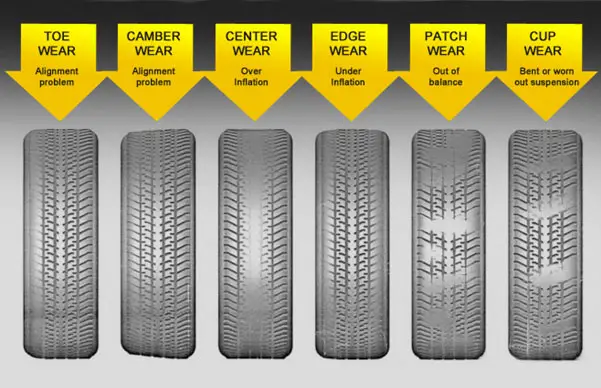
Weak suspension system
Another one of the issues is a weak suspension system. It causes too much stress on the rods and makes them wear out fast. Damage to the suspension parts is inevitable as well.
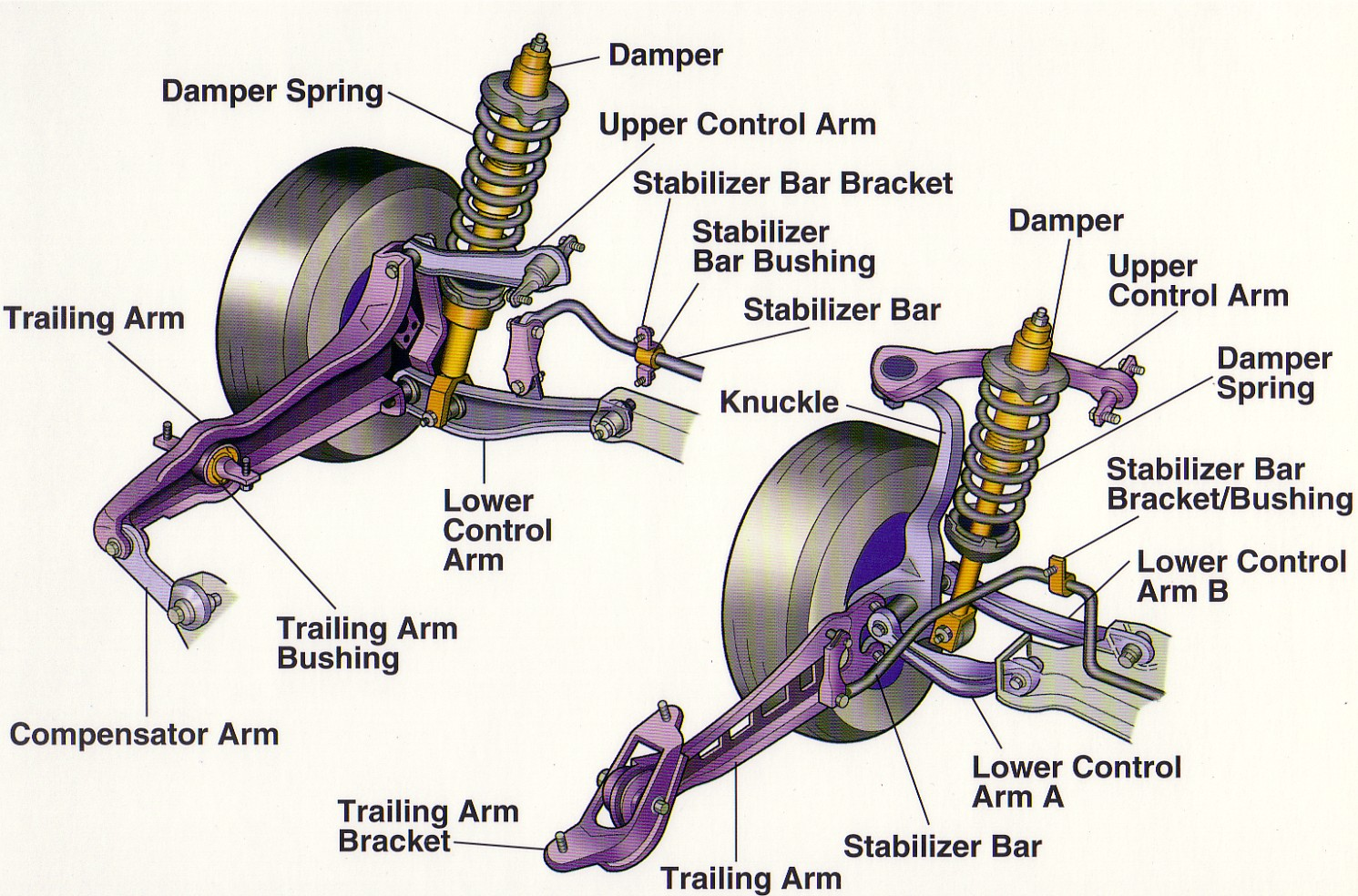
Not going for regular maintenance.
Modern vehicles come with tie rods that require frequent maintenance and greasing. If that is not done, the tie rods wear out and cause failures in steering due to the excessive force from steering.
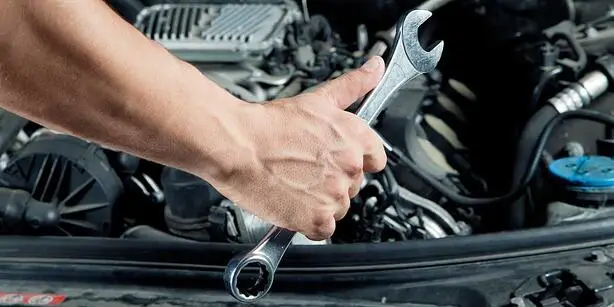
What are Inner & Outer Tie Rod Ends?
The rack & pinion steering system has both inner and outer tie rod ends. Both these ends are critical in connecting the steering knuckle to the steering rack of your car and its sway bar link. But there is a slight difference between the two.
Here’s a video on how to inspect your inner and outer rods.
Inner and Outer Tie Rod End
The inner tie rod end attaches the steering rack and is closer to your vehicle’s centerline. They are covered with a rubber boot below. It transfers the steering force from the steering rack to the outer tie rod end.
The outer tie rod end has a 90-degree ball joint, and it connects the strut assembly with the steering knuckle. It is farther from the centerline and is the final point to turn the wheel according to the steering.
Tie Rod End Replacement Cost
Thankfully, tie rod end replacement cost is not that big of a matter. You will have to consider about $20 to $80 ($100 in some cases) for the replacement as you need the inner and outer tie rods for each wheel so your total cost estimate will be around $40 to $160 ($200 in some cases).
The labor rate of replacement is going to cost another $80. And it would be advisable to go for replacement of tie rods on all four wheels because they will wear out similarly. But if your budget is tight, then you can either go for front end replacement or back-end replacement (preferable front tires).
Checking Tie Rod Ends By Yourself
It is recommended to get your vehicle to service if you have noticed any of the above-mentioned tie rod end symptoms of a bad tie rod end. But before you go, run a check by yourself as well by grasping the front end wheel with both your hands and start pushing with one hand and pulling with the other.
If your wheel shows any play, then it needs to be taken to the mechanic for repair and service. You can also check the tie rod end itself and wiggle it to check any laxity. Any excessive mobility is not normal, and you should get it examined.
This link will help you in finding out more about tie rod signs.
Preventing Bad Tie Rods
Modern vehicles feature rods that have to be greased frequently. Hence, you have to make sure that the grease seal remains intact on your tie rods to prevent any of the symptoms from occurring. And for that, you will have to keep lubricating them frequently. The ball joint of a tie rod end works just like your shoulder joint. If you properly grease these ball joints, they will work like cartilage.
Greasing
Grease must be adequate to keep the joints healthy and in a working position. Some tie rods are sealed, and you can’t lubricate them, but most aftermarket tie rods are greaseable. You need to grease them on every oil change, and they will continue to work properly.
Maintenance of Dust Rubber Boots
If you can check the dust rubber boot regularly as well can also prevent your tie rod ends from going bad. These dust boots keep the debris out of the interiors of the tie rods and increase their longevity. Proper wheel alignment to ensure adequate tire-road contact is mandatory as well. Your vehicle’s ability to corner will significantly improve, and it will resolve most of the problems with the steering.
When it comes to dust boots, there are two options that you can consider.
Poly Dust Boot
A cheaper version of a dust boost is the one made of polyurethane. But being cheap doesn’t mean that it will underperform. These dust boots can prevent the tie rods from water, weather, and everything else.
Moog Tie Rod End
But if you are looking for an even more durable option, then Moog tie rods ends are also available. They are heat-treated to prevent complete failure in case of an accident. They have gusher bearings made of metal for reducing friction and ensuring full lubrication. These boots are made for even tougher conditions. They also don’t get loose with age. If your vehicle goes through daily drives and rough commutes, then you should go for these options.
Driving with Bad Tie Rods
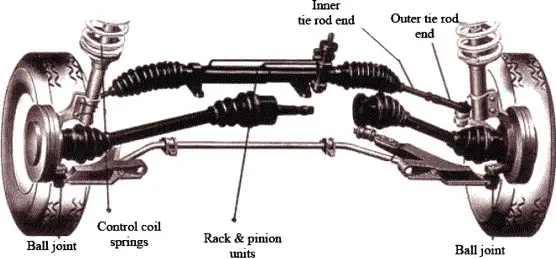
It’s a pretty complex issue if the tie rod ends are in a reasonable shape but just a little loose, you can still steer your vehicle decently. But it is not recommended because you don’t know when they break apart.
When cornering, one of them might break off, and you will end up losing your control. Bits and pieces can fly off and damage other areas of your vehicle as well. There is no need to take such chances. Instead, park your vehicle or get it towed to one of the nearest auto shops and get its condition examined as soon as you can.
Final Word
A tie rod end is an integral part of your vehicle’s steering system. If your tie rod goes bad you need to get it fixed quickly. A bad tie rod can make you lose control over your car. Plus, a bad tie rod will make your driving experience very rough as well.
You won’t be in control of your steering wheel, and with a bad tie rod end risk of any unwanted incident on the road significantly increases. Keep your tire pressure under check as well. And don’t drive too much on rough roads. These rough roads can take a toll on your car and its internal system.

